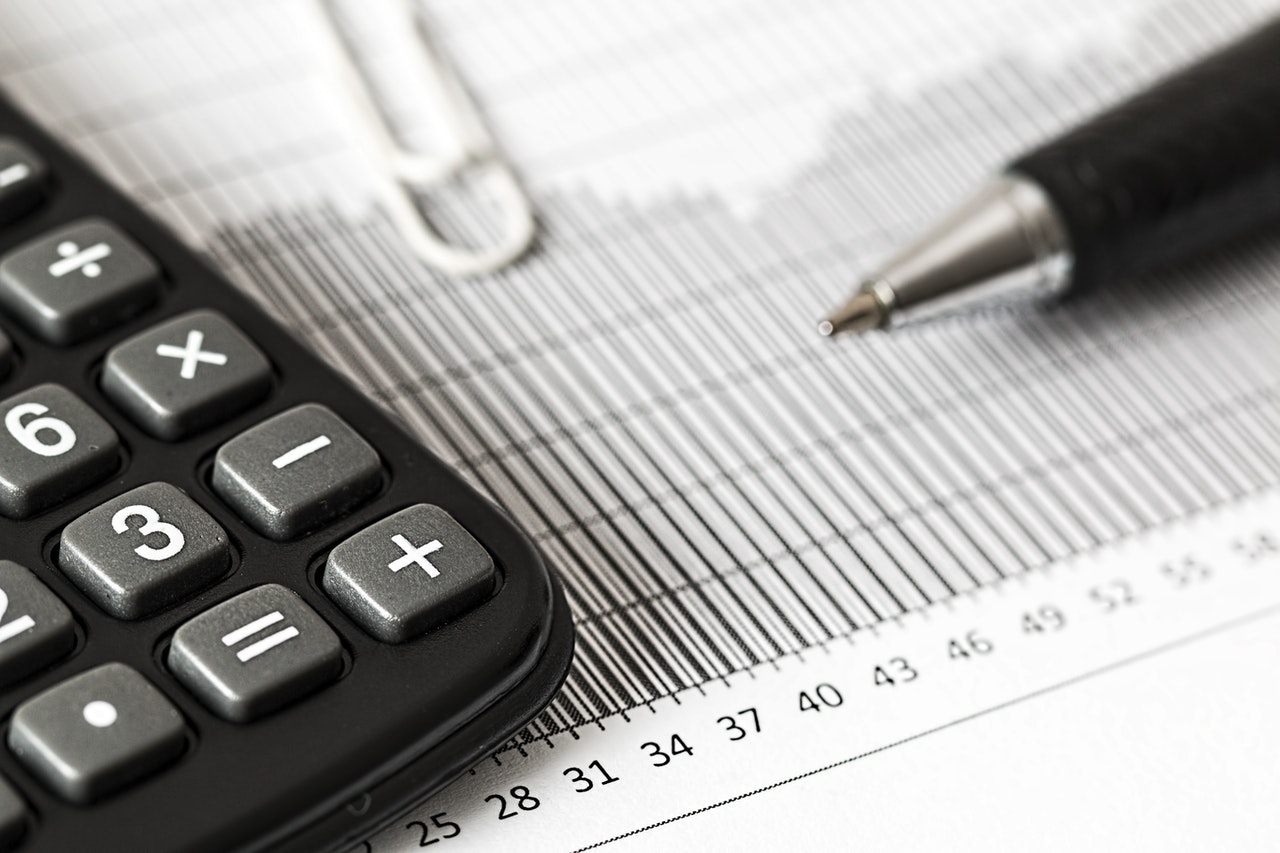
Cost of sales: what you need to know for your business

Running a business involves a lot of hidden costs. Almost three in five SMEs in the UK fail due to cash flow problems. Knowing how to manage this will ensure your business is successful and meeting its financial goals. A critical metric to look at is cost of sales.
In this article, we’ll give you the rundown on what cost of sales means and the best practices to calculate them seamlessly.
Struggling to keep your financial health in check? Open an account with Tide to receive automated cash flow forecasts, tax-bill estimations, and much more.
Table of contents
- What is cost of sales?
- Cost of sales vs cost of goods sold (COGS)
- Why is it important to calculate the cost of sales?
- Other considerations
- How does cost of sales impact my business?
- Ready to calculate cost of sales?
What is cost of sales?
Cost of sales, commonly referred to as cost of goods sold (COGS), is the total cost it takes to manufacture, create and sell a product or service.
To calculate your gross profit and gross margin, you’ll need to know your business’s total expenses.
These are calculated differently depending on what your business sells. If you’re a retailer or service provider, you use the cost of sales. If you manufacture products, you should use COGS.
Why not take a more in-depth look at cost of sales formulas and how to calculate them?
Cost of sales vs cost of goods sold (COGS)
Both terms are used interchangeably, which often sparks confusion. But it’s important to note a few differences:
| Cost of sales | COGS |
|---|---|
| Analyses the direct and indirect costs that a company incurs selling its goods/services. | Analyses the direct costs involved in the production of a company’s goods. |
| Presented on an income statement before the EBIT margin.* | Presented on an income statement beneath revenue (COGS is deducted from revenue to calculate gross profit). |
| Calculated to show the number of goods sold. | Calculated to show the number of goods a company manufactures. |
| Not tax-deductible. | Deducted from gross receipts. Claiming COGS reduces taxable income but can also lower profitability. |
*EBIT margin = percentage earnings before interest and taxes from a company’s operations.
To re-iterate, there’s not a huge difference between cost of sales and cost of goods sold (COGS). The main thing to keep in mind is that COGS is used largely by manufacturing companies, and is presented differently on an income statement.
Why is it important to calculate the cost of sales?
To understand the true profitability of your business, there are two main costs to determine: cost of sales and overhead costs.
Overhead costs are static costs that aren’t related to direct labour, production or materials. They concern more general business functions.
If you can master your cost of sales, the overheads should remain constant, allowing these costs to increase and decrease in line with the business’s sales.
For a retail business, the cost of sales is the item itself. It involves the cost of getting it from your supplier to you, plus expenses that make it sellable:
- Operating expenses
- Administrative expenses
- Direct labour costs
For a manufacturing business, it includes raw materials, time spent on manufacturing, and other associated production costs.
Other considerations
Having visibility on what makes you money and what doesn’t can improve the decisions you make. This will contribute positively to your business’s profit margins.
There are a few other things worth evaluating to improve your small business:
- The financial health of your company
Keeping tabs on production processes and using cost of sales formula to calculate different ratios, gives you a better indication of where your money should go. Do you need to invest more in your operations or improve the way you manage your inventory?
- Managing your taxes (for COGS)
Cost of goods sold is a business expense, which means it’s tax-deductible. Staying on top of your COGS makes it easier to manage taxes and avoids getting into any legal trouble.
Although paying lower taxes saves your business money, it can also mean you’re not generating enough profit. It’s important you find the right balance between efficiency and profitability.
- Identifying future opportunities for growth
Historical changes in cost of sales can help your business find seasonal trends in the costs of inventory. Analysing your cost of sales over a few years can help decipher seasonality variations.
For example, you may notice that these costs are consistently higher in the winter months. If so, you can leverage this information to identify areas of growth and improvement.
How does cost of sales impact my business?
Being able to calculate your cost of sales is one thing. Understanding why this contributes to the success of your business is vital.
Are your business costs increasing year by year? It may be time to adjust your pricing strategy.
A strategic product price will allow you to cover costs and keep a healthy profit margin. Therefore, you should aim to keep your cost of sales as low as possible.
Quick tips💡
- Consider your target market and audience when coming up with a price point
- Do you want to price your products at a higher, lower or similar price point to your competitor’s?
- Do thorough market research to learn everything you can about your target market
Perhaps your rising cost of sales will shed light on potential operational efficiency issues.
These costs could reflect poor manufacturing processes or slow labour. Knowing how to work out your cost of sales allows you to make necessary adjustments that, in turn, can increase your net profit.
Here are a few tactics you can use to be operationally efficient:
- Avoid damages and thefts the best you can—provide employee training on how to monitor inventory shrinkage, and introduce various management strategies
- Stop overstocking—too much inventory can drive up your storage and warehouse costs
- Ensure that you never run out of stock—last-minute orders are likely to be more expensive
There’s already plenty to consider when calculating the expenses of a business. However, it’s important to be mindful of additional factors such as facility costs.
Rent and utilities for the location, where your products are made or sold, can easily be forgotten when valuing the cost of inventory. Those costs need to be accounted for to ensure you’re ROI positive.
Ready to calculate cost of sales?
For a small business, competently managing your cash flow and operations is the key to higher profits and, ultimately, survival. Gaining expertise in calculating your business costs will lead to making more informed, data-driven decisions about your business.
Check out the second part of this article: How to calculate cost of sales (with examples provided) to boost your knowledge and drive your business toward success.
Photo by Ellicia, published on Unsplash





